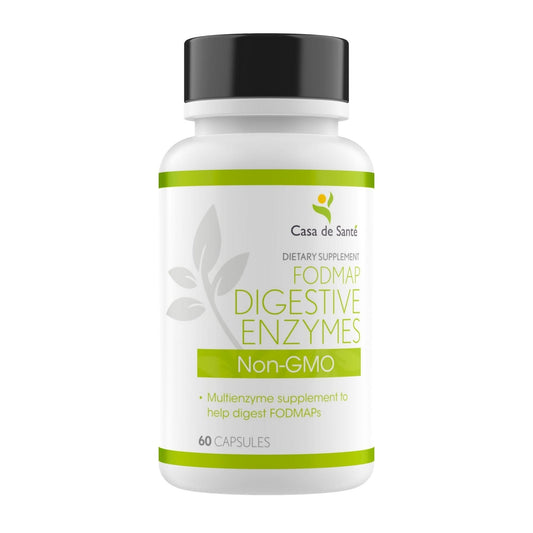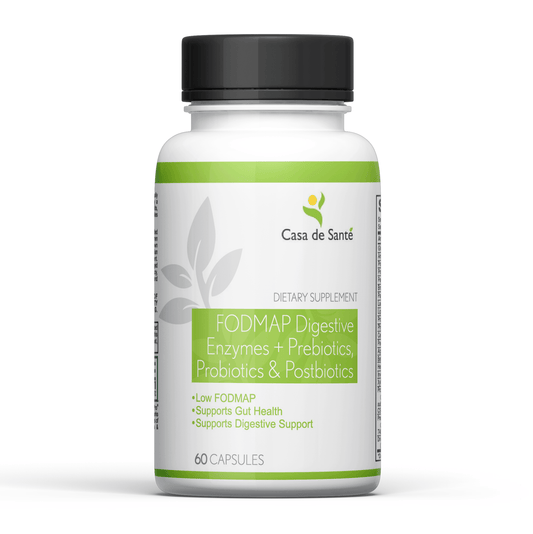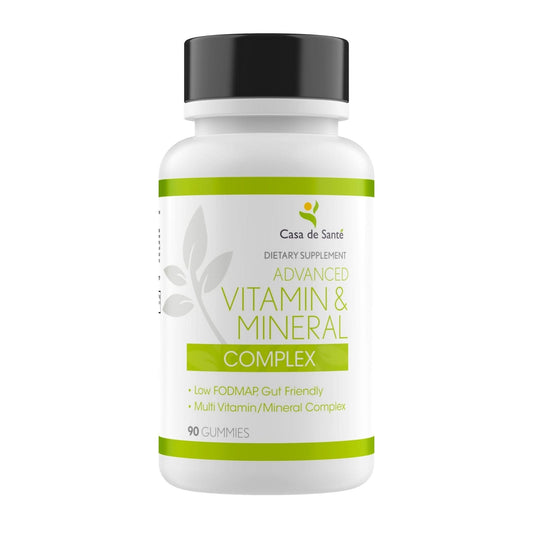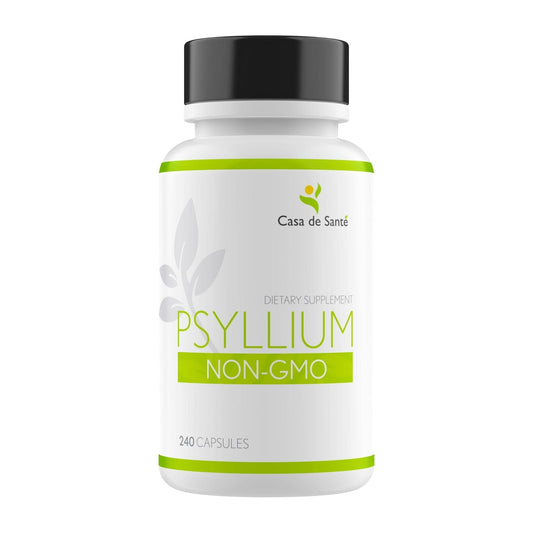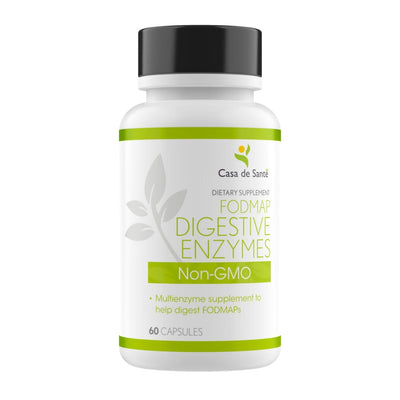The Ultimate Guide to Healthy Digestives: Benefits, Recipes, and Nutrition Facts
The Ultimate Guide to Healthy Digestives: Benefits, Recipes, and Nutrition Facts
Digestive biscuits have been a beloved teatime staple for generations, but their reputation often swings between comfort food and guilty pleasure. What if you could enjoy these crunchy, satisfying treats while actually supporting your health? This comprehensive guide dives into everything you need to know about creating and enjoying healthier versions of traditional digestives, from their surprising nutritional benefits to simple recipes you can whip up in your own kitchen.
The History and Evolution of Digestive Biscuits
Digestive biscuits first appeared in mid-19th century Britain, created by two Scottish doctors who believed the high content of baking soda would aid digestion—hence the name. Originally manufactured by McVitie's in 1892, these biscuits quickly became a cultural institution in the UK and eventually gained popularity worldwide.
While the original digestives were indeed designed with digestion in mind, modern commercial versions have drifted far from their health-conscious origins. Today's store-bought varieties often contain refined flours, added sugars, and hydrogenated oils that contradict their wholesome reputation. The good news? The basic concept of a digestive biscuit—a hearty, whole-grain based cookie with a slightly sweet taste—remains an excellent foundation for creating genuinely nutritious treats.
What Makes a Digestive "Healthy"?
A truly healthy digestive biscuit balances taste with nutritional value. The key components include whole grains (typically whole wheat flour), minimal added sugars, healthy fats, and the absence of artificial additives. The best versions also incorporate ingredients that actively support digestive health, such as oats (rich in soluble fiber), seeds (providing healthy fats and protein), and sometimes even probiotic elements.
Modern nutritional science has moved beyond the simplistic view that baking soda alone can aid digestion, but the concept of creating a biscuit that supports overall digestive wellness remains valid and achievable. The fiber content in whole grain digestives genuinely can support gut health, especially when combined with other beneficial ingredients.
Nutritional Benefits of Homemade Digestives
When made with wholesome ingredients, digestive biscuits offer several nutritional advantages over conventional cookies and processed snacks. Understanding these benefits can help you appreciate why they deserve a place in a balanced diet.
Fiber Content and Gut Health
The whole grains in properly made digestives provide substantial dietary fiber, particularly when using ingredients like oats, whole wheat, and seeds. A single homemade digestive can deliver 2-3 grams of fiber—about 10% of your daily needs. This fiber acts as a prebiotic, feeding the beneficial bacteria in your gut and promoting a healthy microbiome.
Research increasingly links gut health to overall wellness, including immune function and even mental health. The soluble fiber in oats, a common digestive biscuit ingredient, helps regulate blood sugar levels and can contribute to lower cholesterol levels when consumed regularly.
Sustainable Energy Release
Unlike highly processed cookies that cause blood sugar spikes and crashes, properly formulated digestives provide more sustained energy. The combination of complex carbohydrates, fiber, and healthy fats creates a snack that satisfies hunger while providing steady fuel. This makes them particularly suitable for mid-morning or afternoon snacking when energy typically dips.
Many health-conscious individuals find that a single digestive with a cup of tea provides enough satisfaction to prevent overeating later in the day, making them a smart addition to a mindful eating plan.
Essential Nutrients
Homemade digestives can be surprisingly nutrient-dense. Whole grains contribute B vitamins, which support energy metabolism. Seeds add minerals like magnesium, zinc, and iron, while providing plant-based omega-3 fatty acids. When made with ingredients like blackstrap molasses instead of refined sugar, digestives even offer small amounts of calcium and iron.
While no one would suggest digestives as a primary source of nutrition, their nutrient profile compares favorably to most commercial cookies and crackers, making them a smarter choice when you're craving something sweet and crunchy.
Comparing Store-Bought vs. Homemade Digestives
The difference between commercial digestives and homemade versions extends far beyond taste. Understanding these distinctions can motivate you to try making your own.
Ingredient Quality and Transparency
Most supermarket digestives contain a laundry list of ingredients, many of which serve manufacturing and shelf-life purposes rather than nutrition. Common problematic ingredients include partially hydrogenated oils (trans fats), high-fructose corn syrup, artificial flavors, and preservatives. Even "healthier" commercial versions often contain refined flours and more sugar than necessary.
Homemade digestives, by contrast, typically require just 6-8 simple ingredients that you can pronounce and recognize. This transparency allows you to control exactly what goes into your body and avoid additives that may trigger sensitivities or contribute to health issues.
Customization Possibilities
Perhaps the greatest advantage of homemade digestives is the ability to customize them to your specific dietary needs and taste preferences. Need gluten-free digestives? Substitute oat flour and ground almonds for the wheat. Watching your sugar intake? Use mashed banana or date paste as natural sweeteners. The possibilities are virtually endless.
This adaptability makes homemade digestives accessible to people with various dietary restrictions, from vegan to keto to allergen-free. You can even adjust the flavor profile by adding spices like cinnamon, ginger, or cardamom, creating seasonal variations that keep your snacking interesting throughout the year.
Essential Ingredients for Healthy Digestives
Creating nutritious digestive biscuits starts with selecting the right ingredients. Here's what you'll need to stock your pantry for digestive success.
Whole Grain Foundations
The base of any good digestive is whole grain flour. Traditional recipes call for whole wheat flour, which provides a nutty flavor and hearty texture. For added nutrition and fiber, many modern recipes incorporate oat flour (easily made by blending rolled oats) or spelt flour, which offers a slightly sweeter profile than regular wheat.
For those avoiding gluten, a combination of oat flour (certified gluten-free if necessary), almond flour, and a small amount of a binding starch like tapioca can create a convincing texture. Whatever grains you choose, they should be minimally processed to retain their nutritional benefits.
Healthy Fats
Fat is crucial for both the texture and satisfaction factor of digestives. While traditional recipes use butter, health-conscious versions often substitute cold-pressed coconut oil, which provides medium-chain triglycerides that are more readily used for energy. Another excellent option is extra virgin olive oil, which adds heart-healthy monounsaturated fats.
Some recipes incorporate nut butters like almond or cashew, which not only contribute healthy fats but also add protein and a subtle flavor dimension. Whatever fat you choose, opt for unrefined versions that haven't been stripped of their natural nutrients.
Natural Sweeteners
The best digestives have just enough sweetness to satisfy without overwhelming. Traditional recipes use a small amount of sugar, but healthier alternatives include pure maple syrup, honey (if not vegan), date paste, or coconut sugar. These options provide trace minerals and, in some cases, antioxidants that refined sugar lacks.
The key is moderation—aim for just enough sweetness to make the biscuits enjoyable without turning them into dessert. Many successful recipes use about half the sugar of commercial versions, allowing the natural flavors of the grains and fats to shine through.
Basic Healthy Digestive Biscuit Recipe
Ready to try your hand at homemade digestives? This foundational recipe creates delicious, nutritious biscuits that can be adapted to your preferences.
Ingredients and Equipment
For about 16 medium-sized digestives, you'll need: 1 cup whole wheat flour, 1 cup rolled oats (blended into flour), 1/2 teaspoon baking soda, 1/4 teaspoon salt, 1/3 cup coconut oil (solid but scoopable), 3 tablespoons maple syrup, 2-3 tablespoons milk of choice, and 1/2 teaspoon vanilla extract. Equipment requirements are minimal: a mixing bowl, baking sheet, parchment paper, and a rolling pin (a wine bottle works in a pinch).
The beauty of this recipe lies in its simplicity—no special tools or techniques required. Even baking novices can achieve excellent results on their first attempt, making this an accessible entry point to healthier baking.
Step-by-Step Preparation
Begin by preheating your oven to 350°F (175°C) and lining a baking sheet with parchment paper. In a large bowl, combine the whole wheat flour, oat flour, baking soda, and salt. Add the coconut oil and use your fingertips to rub it into the dry ingredients until the mixture resembles coarse breadcrumbs. Mix in the maple syrup, vanilla, and just enough milk to form a cohesive dough that isn't sticky.
Roll the dough between two sheets of parchment paper to about 1/4 inch thickness. Cut into rounds using a cookie cutter or the rim of a glass, transfer to the prepared baking sheet, and prick each biscuit several times with a fork. Bake for 12-15 minutes until the edges are golden brown. Allow to cool completely on the baking sheet—they'll crisp up as they cool. Store in an airtight container for up to a week, though they rarely last that long!
Creative Variations and Add-ins
Once you've mastered the basic recipe, the world of digestive customization awaits. These variations can transform your humble biscuits into gourmet treats while maintaining their nutritional integrity.
Chocolate-Dipped Digestives
For a more indulgent version that still qualifies as relatively healthy, try dipping your cooled digestives halfway into melted dark chocolate (70% cocoa or higher). Dark chocolate contributes antioxidants and minerals while satisfying chocolate cravings with less sugar than milk chocolate alternatives. Allow the chocolate to set completely before storing.
For an extra nutritional boost, sprinkle the wet chocolate with chopped nuts, seeds, or dried fruit pieces before it sets. This not only adds visual appeal but also incorporates additional nutrients and textural contrast.
Seed and Grain Variations
Experiment with adding 2-3 tablespoons of nutritious seeds to your dough. Flaxseeds, chia seeds, hemp hearts, or pumpkin seeds all work beautifully, adding omega-3 fatty acids, protein, and a pleasant crunch. You can also substitute up to 1/4 cup of the flour with alternative grains like quinoa flakes or buckwheat flour for different nutritional profiles and flavor notes.
These seed-studded digestives make particularly satisfying afternoon snacks, as the added protein and healthy fats help sustain energy levels through the pre-dinner slump. They're also visually appealing, with the seeds creating a rustic, artisanal appearance.
Incorporating Digestives Into a Balanced Diet
Even the healthiest digestives remain a treat, albeit a nutritious one. Understanding how to incorporate them into your overall eating pattern helps maximize their benefits while avoiding overconsumption.
Mindful Consumption Practices
Rather than mindlessly munching digestives while working or watching TV, try practicing mindful eating. Savor one or two biscuits with a cup of tea or coffee, paying full attention to the flavors, textures, and the satisfaction they provide. This approach typically leads to greater enjoyment from fewer biscuits.
Consider digestives as part of your planned snacking strategy rather than an impulsive choice. Many nutritionists recommend including a small amount of complex carbohydrates with some fat and protein for optimal snacking—a digestive with a small piece of cheese or a smear of almond butter fits this profile perfectly.
By approaching these treats with awareness and appreciation, you transform them from a potential diet pitfall into a nourishing ritual that supports both physical and emotional wellbeing. After all, healthy eating isn't just about nutrients—it's about creating a sustainable, enjoyable relationship with food that nourishes body and soul alike.



